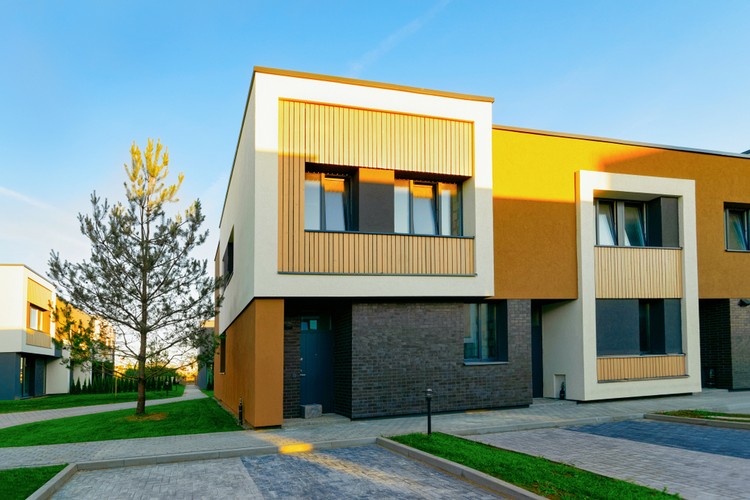Investing in Abandoned Houses: A Complete Guide to Finding and Renovating Properties
Abandoned houses represent unique investment opportunities in real estate, offering potential profits for investors willing to navigate the challenges of property rehabilitation. These neglected properties, often available at below-market prices, can be transformed into valuable assets through strategic renovation and proper management. Understanding the process of identifying, acquiring, and renovating abandoned houses is crucial for success in this specialized real estate niche.

Understanding the Legal Aspects of Acquiring Abandoned Houses
The acquisition process for abandoned properties involves several legal considerations. Title searches are essential to identify legitimate owners and any existing liens or tax obligations. Some properties may require going through tax sales or foreclosure auctions. Working with a real estate attorney familiar with abandoned property laws in your area can help navigate potential legal challenges and ensure a clean transfer of ownership.
Evaluating Investment Potential and Renovation Costs
Before purchasing an abandoned property, conduct thorough due diligence to assess renovation needs and potential return on investment. Professional inspections can reveal structural issues, environmental hazards, or code violations that affect rehabilitation costs. Create a detailed renovation budget that includes:
| Renovation Category | Estimated Cost Range | Timeline |
|---|---|---|
| Structural Repairs | $15,000 - $50,000 | 2-4 months |
| Electrical/Plumbing | $10,000 - $30,000 | 1-2 months |
| Interior Finishing | $20,000 - $40,000 | 2-3 months |
| Exterior Work | $8,000 - $25,000 | 1-2 months |
Prices, rates, or cost estimates mentioned in this article are based on the latest available information but may change over time. Independent research is advised before making financial decisions.
Managing the Renovation Process
Successful renovation of abandoned properties requires careful project management. Start by securing necessary permits and ensuring compliance with local building codes. Create a timeline for different renovation phases and hire licensed contractors with experience in rehabilitating distressed properties. Regular site visits and progress monitoring help maintain quality control and keep the project on schedule. Consider energy-efficient upgrades that can increase property value and attract potential buyers or tenants.
Marketing and Selling Renovated Properties
Once renovation is complete, developing an effective marketing strategy is crucial. Professional photography, virtual tours, and detailed property descriptions highlighting improvements can attract potential buyers. Price the property competitively based on comparable sales in the area, considering both the initial purchase price and renovation costs. Working with real estate agents who understand the local market can help position the property effectively and reach qualified buyers.
Creating value through abandoned house renovation requires patience, expertise, and careful financial planning. Success in this investment strategy depends on thorough research, proper due diligence, and efficient project management throughout the renovation process. While challenges exist, the potential for significant returns makes abandoned houses an attractive option for real estate investors willing to put in the necessary work and resources.






